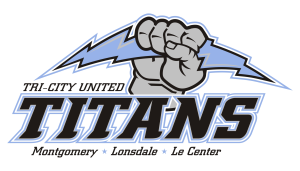Teaching English Language Learners to Read
Teaching English Language Learners to Read
In classrooms around the country, teachers need to teach reading to children who don't speak English, and they haven't been trained. Last year, the U.S. Department of Education convened a panel of scholars to determine the best research-based practices for teaching English language learners. The panel hopes to release its report in 2004. For this teleconference, we brought you three members of the panel who shared their expertise as independent researchers in the area of second language acquisition.
This teleconference was produced by Reading Rockets in partnership with the National Association of State Directors of Special Education (NASDSE), the National Education Association (NEA), the International Reading Association (IRA), and the National Association of Bilingual Education (NABE). Funding for this teleconference was provided by the U.S. Department of Education, Office of Special Education.
Guiding Questions
- How does your school district assess language proficiency of incoming ELL students? Is social proficiency assessed differently from academic proficiency?
- In your own words, describe the difference between word-level skill and text-level skill attainment for ELL students. Then, describe specific things teachers can do to increase ELL students' text-level skills.
- Consider a read aloud you recently used. What vocabulary or concepts were presented in the book that could cause confusion for ELL learners? What could you do to scaffold the read aloud experience that would benefit ELL learners?
- Compare and contrast the teaching of comprehension strategies to ELL students and to native English speakers.
- Create a list of teaching behaviors that could promote comprehension skill development for ELL students.
